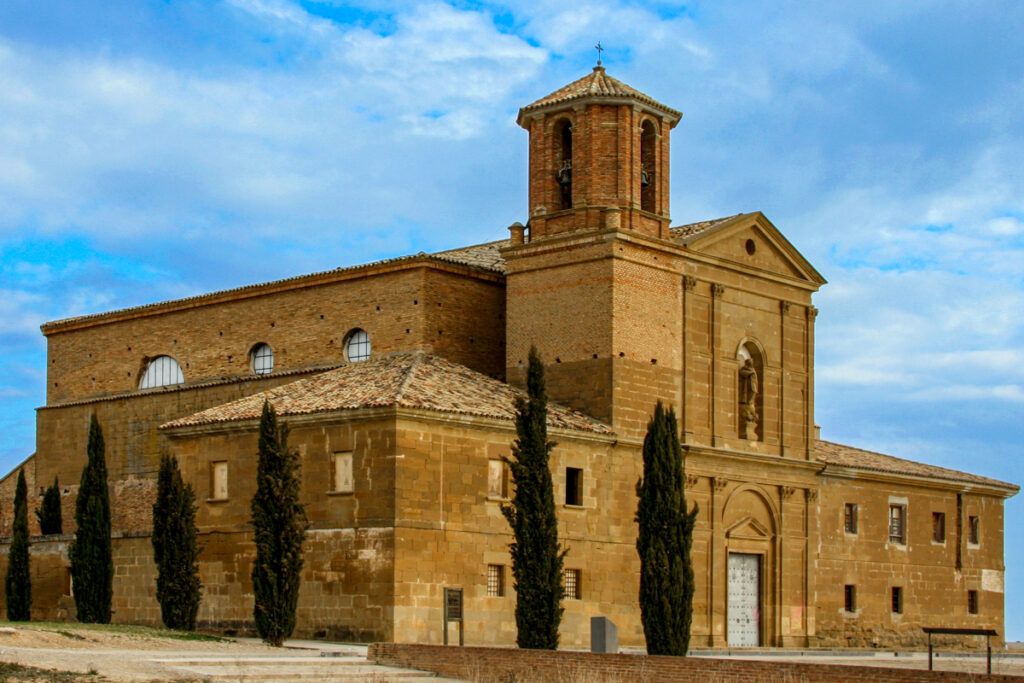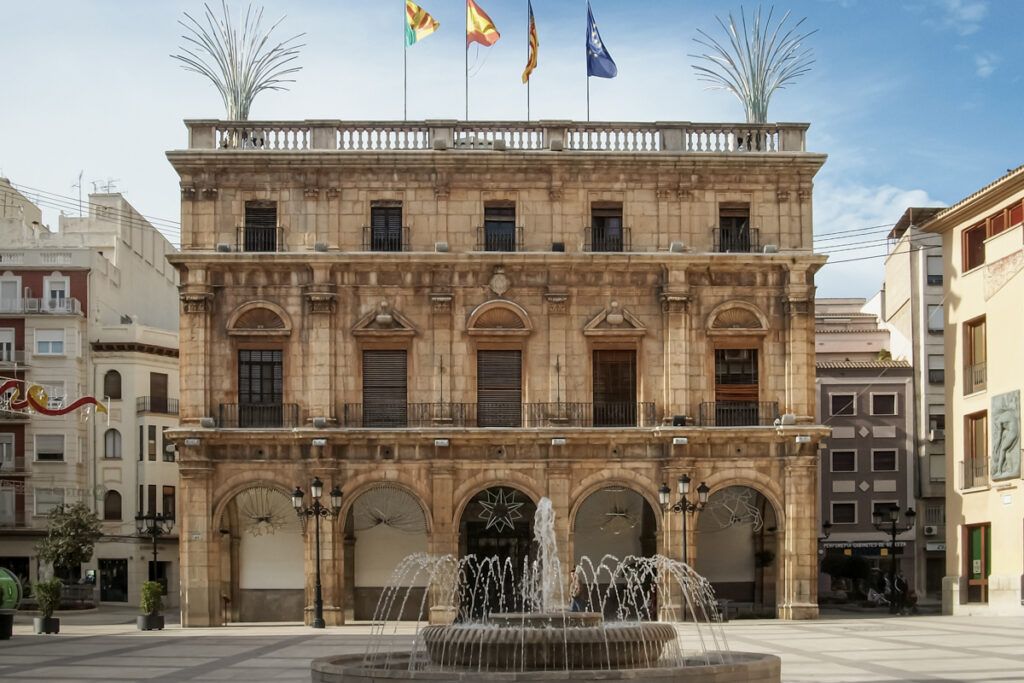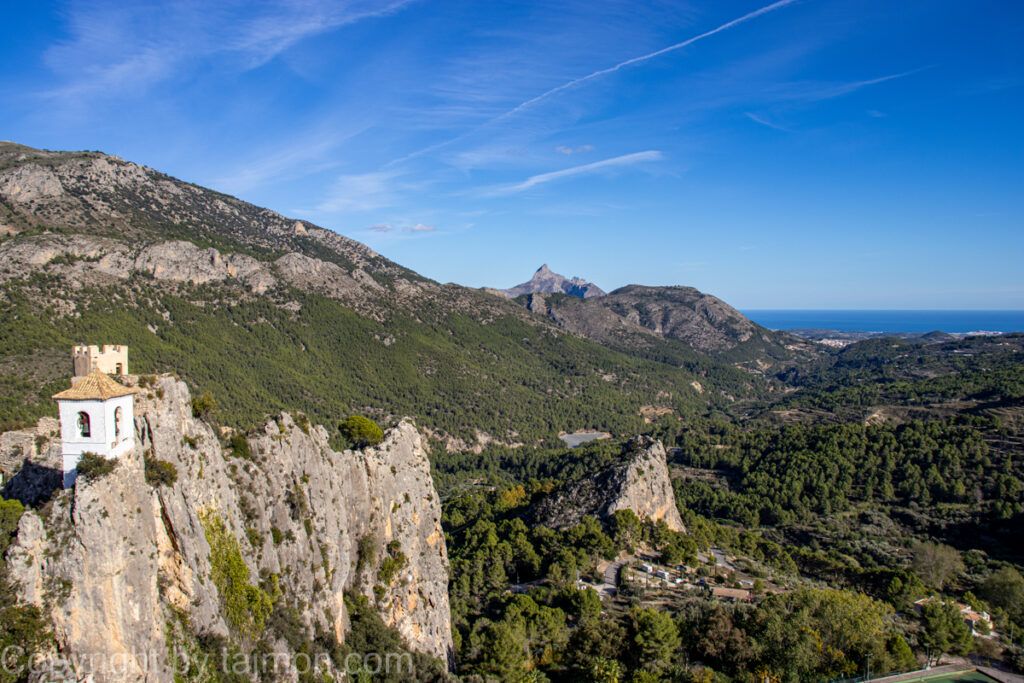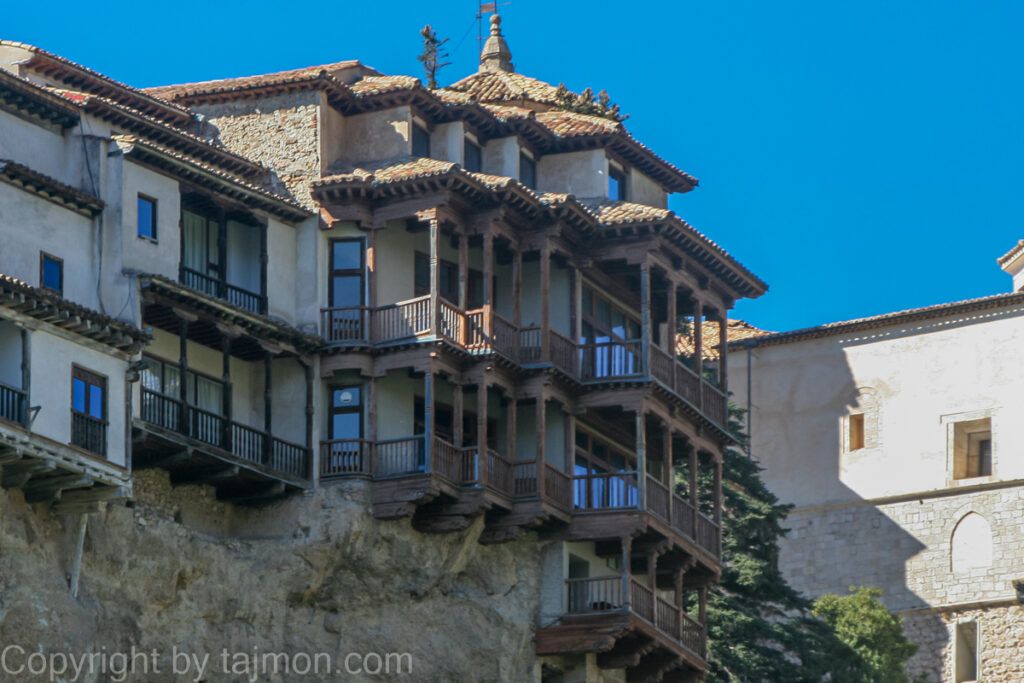Archaeological Site of Numancia in Garray
The Yacimiento Arqueologico de Numancia is an archaeological site located on the hill of La Muela, in the town of Garray, about 7 km from Soria. It is the place where an ancient Celtiberian settlement was located, which put up fierce resistance to the Roman invasion in the 2nd and 1st centuries BC. Numancia is a symbol of heroism and the struggle for freedom, which has been immortalized by Roman and Spanish writers. It is also one of the most important sources of information about the culture and life of the Celtiberians, thanks to numerous and rich archaeological finds.
Numancia was founded by the Celtiberians, a people who inhabited the central and eastern part of the Iberian Peninsula, and who combined elements of Celtic and Iberian culture. Numancia was strategically located on a hill, which dominated the valley of the Duero River and controlled important trade and communication routes. It was also surrounded by natural fortifications, such as steep slopes, rivers, and forests.
The settlement was oval in shape and covered an area of about 8 hectares. Inside it were houses, streets, squares, workshops, warehouses, wells, and temples. The houses were built of stone and clay, and had a rectangular or square plan. Some of them had two floors and an attic.
Numancia was an independent and democratic city, which had its own law and institutions. Power was exercised by the people’s assembly, which elected officials and judges. It was also part of a federation of Celtiberian cities, which cooperated in defense and common interests. Numancia was a rich and thriving city, which traded with other peoples, such as Phoenicians, Carthaginians, Greeks, or Romans. It was also a city of culture and art, which was expressed in rich and original ceramics, sculpture, painting, or literature.
Numancia was also a city of war and resistance, which faced the Roman expansion on the Iberian Peninsula. It took part in several conflicts with Rome, the most important of which began in 153 BC and ended in 133 BC. At that time, Numancia was besieged by various Roman generals, such as Nobilior, Marcelus, Luscinus, or Popilius. Numancia was able to repel their attacks, thanks to courage, cunning, and alliances with other Celtiberian cities.
It was also able to inflict heavy losses on Rome, such as the destruction of the army of Scipio Nasica in 137 BC or the forced capitulation of the army of Mancinus in 136 BC. However, in 134 BC, Rome sent its best general, Publius Cornelius Scipio Aemilianus, to Spain, who decided to apply the method of total siege. Scipio built a wall around Numancia, 9 km long, which cut off the city from food and water supplies.
After 13 months of siege, Numancia was doomed to starvation and disease. In 133 BC, it surrendered, but not without honor. Most of its inhabitants decided to commit suicide, burning their houses and property, rather than being caught by the Romans. Scipio destroyed the city and sold a small number of survivors as slaves. Numancia ceased to exist, but it did not fall into oblivion.






